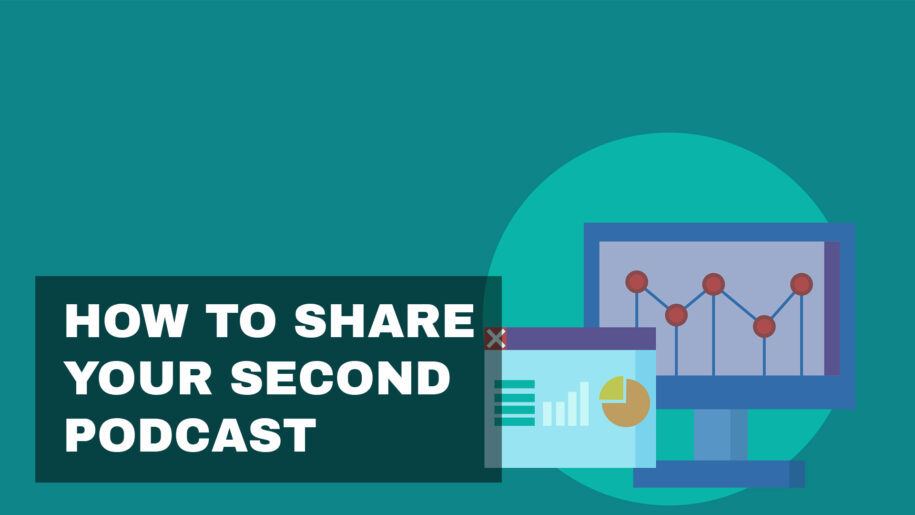After launching your podcast with an initial episode and gathering your first round of listener feedback, sharing your second podcast is an opportunity to expand your reach and deepen listener engagement. Here’s a guide to effectively sharing your second episode, leveraging what you learned from the debut, and making adjustments to improve your podcast’s visibility and audience connection.
1. Leverage Listener Feedback
First, consider the feedback you received from your initial episode. What did your audience enjoy, and what could be improved? Use this valuable information to not only refine your podcast’s content and format but also to tailor your sharing strategies. If listeners expressed a desire for more in-depth discussions, for example, highlight this feature in your promotional materials.
2. Optimize Your Episode Metadata
Like your first episode, the metadata for your second episode plays a crucial role in discoverability. Optimize your title, description, and keywords to reflect the content of the episode accurately and appealingly. Use relevant, search-friendly keywords without overstuffing, and ensure your episode description is engaging and informative.
3. Update Your Promotional Graphics and Materials
Create fresh, visually appealing graphics and promotional materials for your second episode. This includes social media posts, email newsletter banners, and any other marketing collateral. Ensure these are consistent with your brand but distinct enough to stand out as new content.
4. Utilize Social Media
Share your second episode across all your social media platforms. Tailor your message to fit each platform’s audience:
- Instagram: Use eye-catching graphics and short, engaging clips from the episode.
- Twitter: Share quotes from the episode and engage in relevant hashtag conversations.
- Facebook: Post longer descriptions and consider using Facebook Live to discuss episode topics briefly.
- LinkedIn: If your podcast is professional in nature, share it with a business-oriented summary.
5. Engage with Your Community
Respond to comments, questions, and feedback on social media and podcast platforms promptly. Engaging with your audience builds community and encourages listeners to share the podcast with others. Consider incorporating listener questions or shoutouts in your episodes to further this engagement.
6. Email Marketing
If you collected email addresses at launch, send out an announcement about your second episode. Your email should include a brief description of the episode, perhaps a compelling quote, and direct links to the podcast on various platforms. Consider segmenting your email list to tailor messages based on listener preferences and behaviors.
7. Collaborate with Other Podcasters
Building relationships with other podcasters can help you tap into new audiences. Look for opportunities to mention each other’s content, guest on each other’s shows, or even host joint episodes if your topics align well.
8. Consider Paid Promotions
If your budget allows, experiment with paid advertising. Platforms like Facebook, Instagram, and Twitter offer targeted advertising options that can help you reach a broader or more specific audience. Podcast-specific platforms like Overcast also offer advertising opportunities tailored to podcast listeners.
9. Monitor Performance and Adjust Strategies
Use analytics from your podcast hosting platform and any linked social media to track how your sharing strategies are working. Look at download numbers, listener locations, traffic sources, and engagement metrics. Use this data to adjust your marketing strategies for future episodes.
10. Plan for Consistency and Future Growth
Consistency is key in podcasting. Continue to release new episodes according to a predictable schedule, and keep your audience informed about what to expect next. Use your second episode as a springboard to refine your approach, gather more listener data, and incrementally improve both your content and sharing strategies.
Sharing your second podcast effectively is about building on what you’ve already started. By using targeted, thoughtful strategies that reflect your audience’s preferences and feedback, you can enhance engagement and set your podcast on a path to sustained growth and success.


